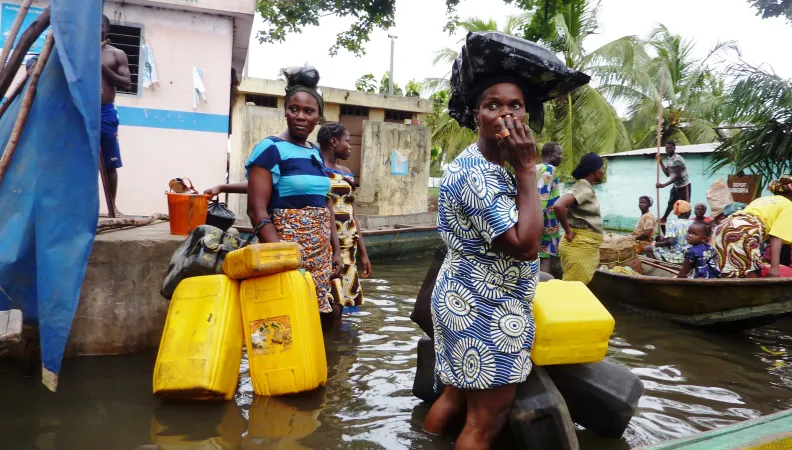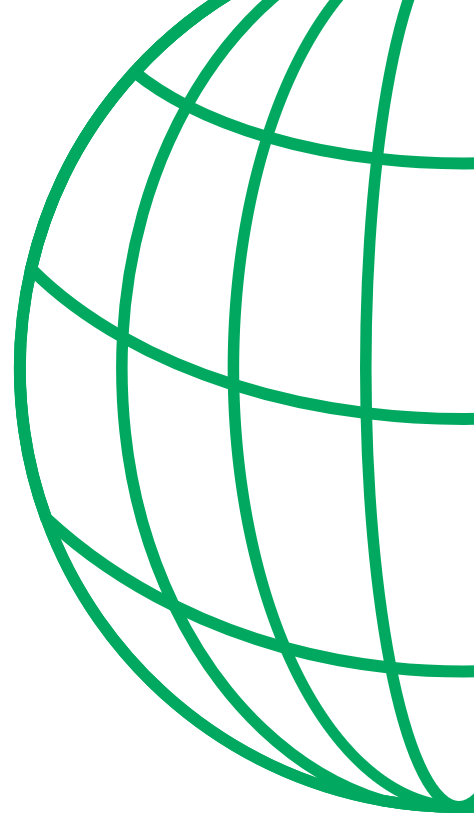Share the page
Promoting the sustainable management of aquatic ecosystems in inter-tropical Africa
Project


-
Project start date
-
Status
Completed
-
Estimated date of project termination
-
-
Project financing date
-
-
Financing duration
-
4 years
-
Type of program
-
FFEM
-
Global financing amount
-
4130000 €
-
FFEM financing amount
-
1050000 €
-
Project lead member institution(s)
-
AFD
-
Country and region
-
Senegal, Uganda
-
Location
-
Ivory Coast
-
Type of financing
-
Grant
-
Partners
-
AFD
-
Beneficiaries
-
Centre National de Recherche Scientifique (CNRS)
-
Type of beneficiary
-
Non-financial public or parastatal company
The depletion and degradation of drinking water resources comprises a major challenge for the African continent during this era of rapid population growth. This project heralds a water quality audit and monitoring procedure in the three lakes supplying the cities of Abidjan, Dakar and Kampala.
Context
Population growth in the big cities, the impacts of pollution and the consequences of climate change are seriously affecting access to drinking water in Africa. The intertropical regions are particularly impacted, because here the subterranean water resources are scarce and often polluted. Three African lakes serve as a case study to implement tools for the monitoring and restoration of water quality: Lake Guiers (Senegal); the Aghien Lagoon (Côte d’Ivoire) and Murchison Bay on Lake Victoria (Uganda).
Description
The project has 4 components:
- Improving knowledge of aquatic ecosystems by undertaking information surveys and analysis of their ecological functionality.
- Providing the technical preparation for monitoring programmes: definition of indicators, introduction of sampling and analytical procedures, database creation at each site.
- Deploying monitoring programmes and preparing crisis management, protection and restoration initiatives by identifying potential institutional participants and endorsing a decision tree.
- Promoting and disseminating the results of the study through presentations, publications and awareness-raising campaigns among local populations.
Impacts
- Contributing to environmental preservation through pollution reduction, improvement of water quality and enrichment of the biodiversity in aquatic environments.
- Supporting economic and social development, through the protection of water resources and improving access to drinking water for recipient populations.
Exemplary and innovative characteristic
The implementation of monitoring plans for water reserves which include warning systems and decision trees is an approach unheard of in Africa, particularly in the intertropical zone. In addition, the toxicity risk linked to cyanobacteria has rarely been studied in this region. This project will develop new expertise on this issue in the three target countries.
It is also exemplary in the way it involves local institutions, focusing their actions and means on long-term water quality monitoring. The three selected sites are of also strategic importance for the supply of drinking water, and their differing environments will assist in the reproducibility of the actions identified.
Evaluation summary of the WaSAf project



